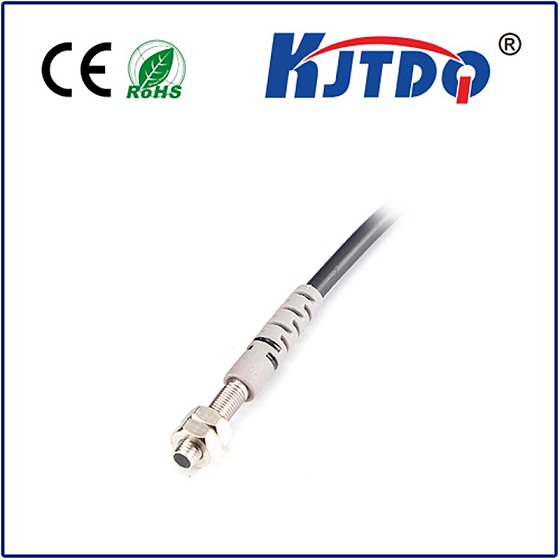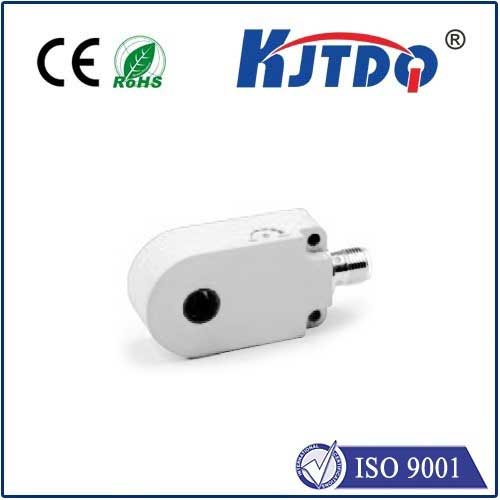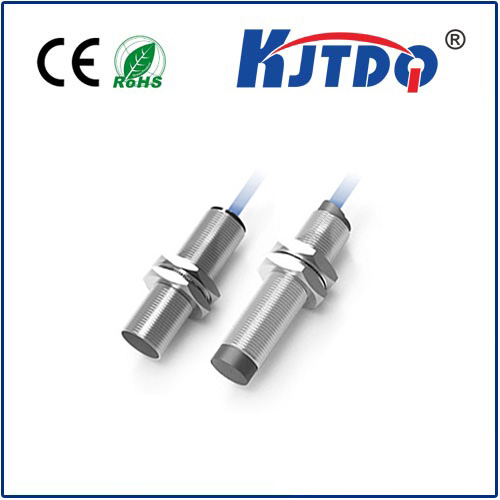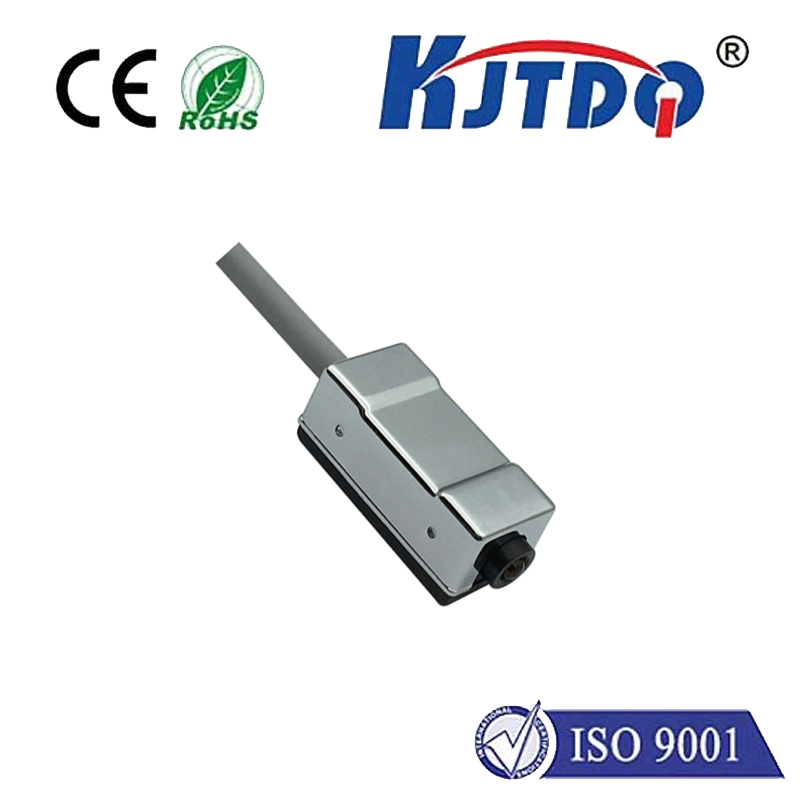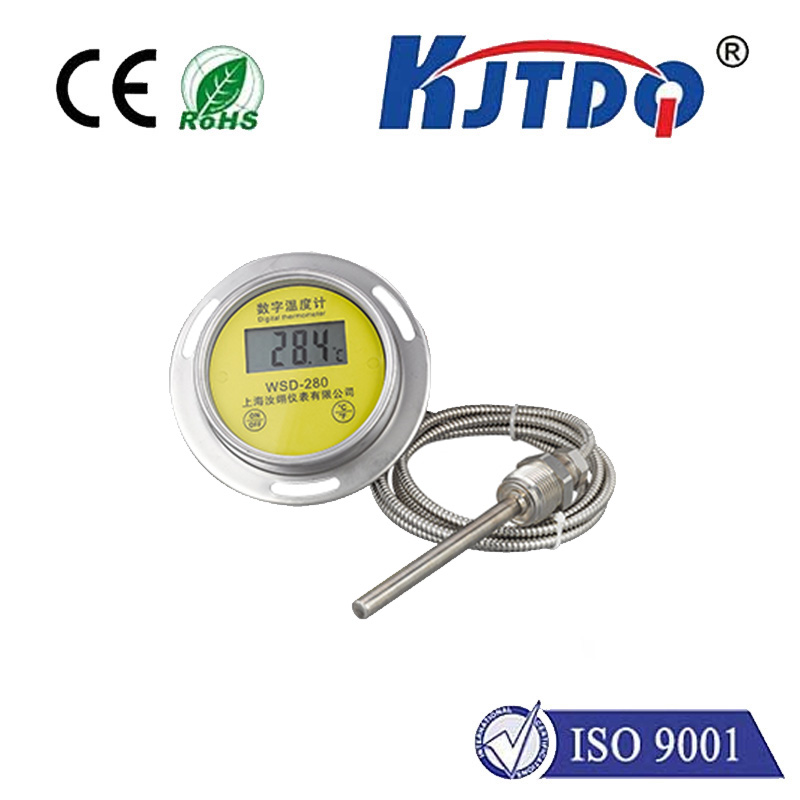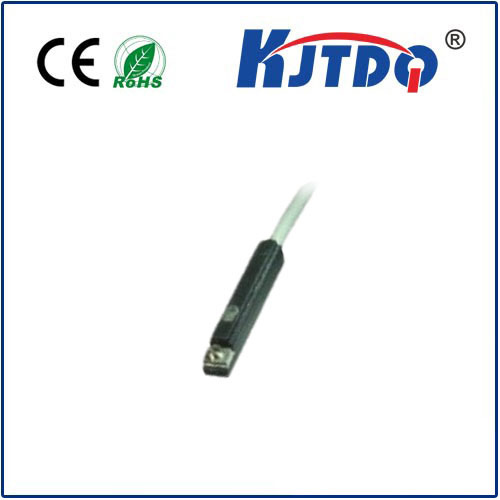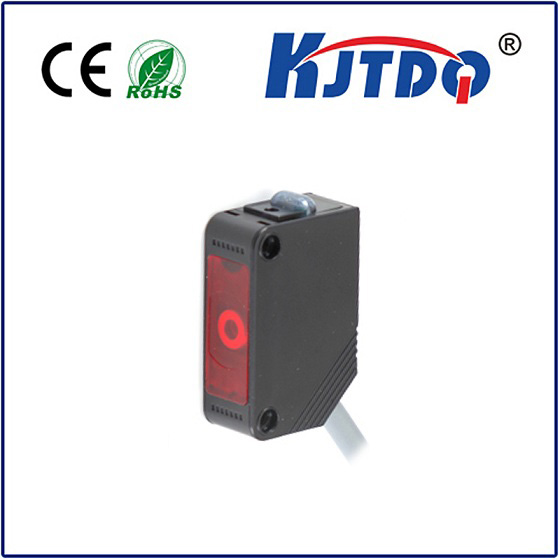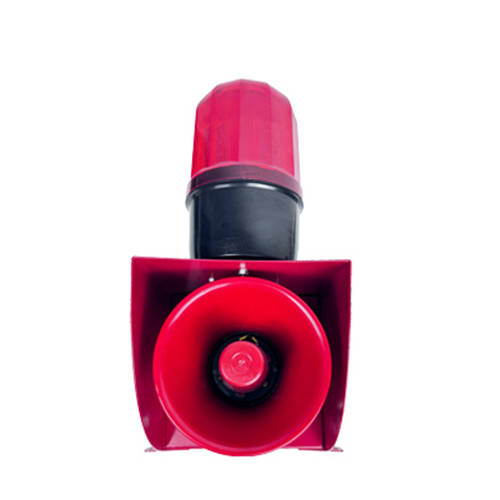

check

check

check

check
The Evolution of High-Performance Sensors: A Deep Dive into NI10-G18SK-AN6
In today’s rapidly advancing technological landscape, precision and reliability are no longer just ideals—they are necessities. Among the many innovations that drive progress in industries ranging from manufacturing to aerospace, sensors play a pivotal role. One such sensor, the NI10-G18SK-AN6, stands out for its exceptional performance, accuracy, and versatility. This article explores the key features, applications, and significance of the NI10-G18SK-AN6 sensor, highlighting its role in modern engineering and automation.
The NI10-G18SK-AN6 is a high-precision sensor designed for a wide range of industrial applications. It is a digital output sensor, meaning it provides a clear, binary signal that can be easily integrated into control systems. Its high-sensitivity and low-noise characteristics make it ideal for environments where small changes in input can have significant impacts on output. Whether it’s monitoring temperature, pressure, or humidity, this sensor ensures accurate and reliable data collection.

One of the most notable features of the NI10-G18SK-AN6 is its high-resolution output. It can detect minute changes in physical parameters, making it a preferred choice for applications requiring precise control. The sensor is built with advanced electronics and high-quality materials, ensuring durability and longevity even in harsh conditions. This makes it suitable for use in extreme temperatures, high humidity, and other demanding environments.
In terms of application, the NI10-G18SK-AN6 is commonly used in process control systems and automated manufacturing. Its digital output allows for seamless integration with industrial automation software, enabling real-time monitoring and adjustment of processes. This is particularly beneficial in industries such as chemical processing, pharmaceuticals, and food and beverages, where even the smallest deviation can lead to significant consequences.
Another key advantage of the NI10-G18SK-AN6 is its compatibility with various control systems. It is compatible with PLC (Programmable Logic Controllers), SCADA (Supervisory Control and Data Acquisition) systems, and DCS (Distributed Control Systems), making it a versatile tool for both small-scale and large-scale operations. This flexibility ensures that the sensor can be adapted to different industrial needs without requiring major system upgrades.
The NI10-G18SK-AN6 also offers high immunity to electrical interference and reduced signal noise, which is crucial in environments with electromagnetic interference (EMI). This feature ensures that the sensor’s output remains stable and accurate, even in the presence of other electrical signals. This is especially important in applications where signal integrity is critical, such as in medical equipment and scientific research.
In addition to its technical specifications, the NI10-G18SK-AN6 is also known for its user-friendly design and easy installation. The sensor is typically plug-and-play, requiring minimal setup and configuration. This makes it an ideal choice for operators who need to deploy sensors quickly and efficiently without extensive training or technical support.
As industries continue to evolve and demand greater precision and efficiency, the NI10-G18SK-AN6 remains a key player in the field of sensor technology. Its high-performance characteristics, versatile applications, and compatibility with modern control systems make it a valuable asset for engineers and technicians alike. Whether it’s used in a factory floor, a laboratory, or an aerospace facility, the NI10-G18SK-AN6 continues to set the standard for accuracy and reliability in sensor-based systems.
The NI10-G18SK-AN6 is not just a sensor—it is a contribution to the advancement of industrial automation and precision engineering. Its design, performance, and versatility make it a preferred choice for those who prioritize efficiency, accuracy, and reliability in their operations. As technology continues to progress, the importance of such high-performance sensors will only grow, ensuring their continued relevance in the future of industrial innovation.
